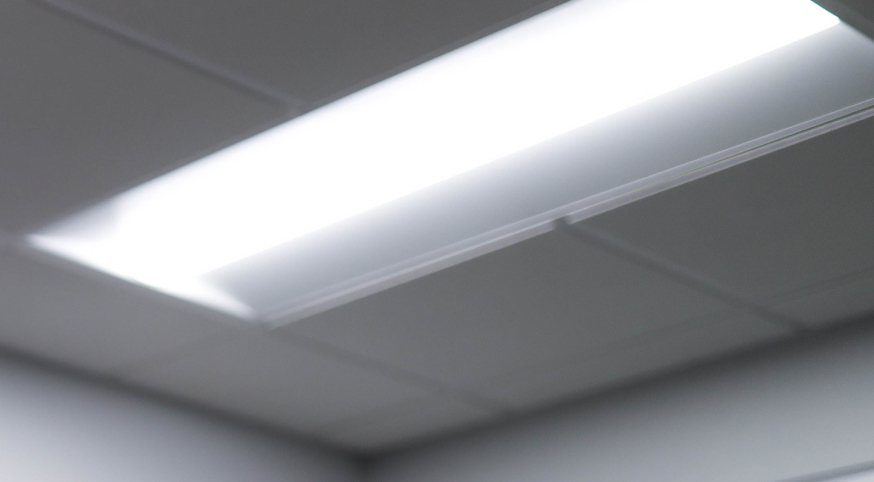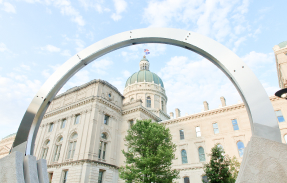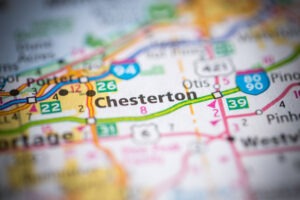It’s October and the days are getting noticeably shorter as we get closer to the end of daylight saving time and the winter solstice. Shorter days can have a profound impact on road safety. Nighttime car accidents are more likely to occur during the fall and winter than any other time of year. That’s according to the National Safety Council (NSC).
The NSC identified the top three risks associated with night driving that tend to be most prevalent this time of year. These include:
1. Poor visibility
Adequate visibility is critical for safe driving, but that easily becomes compromised at night. Drivers can usually only see about 250 ft. in front of them with their headlights turned on (even less if their headlights aren’t properly maintained.) The range of visibility can increase to 500 ft. with high-beams turned on.
In addition, depth perception, color recognition and peripheral vision declines at night. Poor visibility generally affects older drivers, especially those who suffer from cataracts and degenerative eye diseases. For example, drivers age 50 and older will need twice as much light to see at night as drivers age 30 and younger.
Some roads have adequate lighting, but others are pitch black at night. The solution to limited visibility is simple. Drivers should slow down, maintain a safe following distance and avoid distractions. Drivers who suffer from visibility issues should consider getting annual vision exams and limiting driving to the daytime as much as possible.
Your Case Will Get
The Attention It Deserves

2. Drowsy driving
The fall back and spring forward of daylight savings can really mess up our sleep patterns. Disrupted sleep patterns often lead to drowsy driving. Drivers are also more likely to doze off at the wheel as the days get shorter. That’s because lack of light can induce the production of the sleep hormone melatonin.
Drowsy driving results in around 800 traffic fatalities per year. Drivers who recognize the warning signs should be prepared to get off the road. These warning signs often include:
- Frequent blinking and yawning
- Loss of memory
- Difficulty concentrating
- Heavy eyelids
- Restlessness
- Failure to stay in a lane
3. Impaired driving
People are more likely to consume alcohol at night or in the evening after getting out of work. With fall and winter holidays coming up, we will likely see a spike in drunk driving (just as we do each year). Even for drivers who stay within the legal limit (below a BAC of 0.08 percent), it doesn’t take much alcohol to increase the risk of drowsy driving. When coupled with poor nighttime visibility, impaired driving can be a recipe for disaster.
In 2018, there are more than 10,000 traffic fatalities across the U.S. that were caused by drunk driving. In Indiana, 227 people died as a result of drunk driving. Those who plan on drinking should consider finding an alternative to driving. This can include:
- Catching a cab or summoning a rideshare
- Having a sober designated driver
- Staying at a friend or family member’s house
- Consider celebrating within walking distance


We know how to handle cases involving nighttime car accidents
Nighttime car accidents can lead to serious and life-threatening injuries. You may be facing mounting medical costs while you’re unable to work and make ends meet. In addition, you may be suffering from physical pain and emotional trauma. You shouldn’t have to pay because of someone else’s negligence.
If you were hurt, you may be able to pursue damages from the at-fault driver’s insurance company. Speak to an experienced Indiana car accident attorney at Vaughan & Vaughan to learn about the legal options available to you.
Our legal team knows how to investigate crashes like yours, take on insurance companies and get results. Contact us online to find out how we can help you.





